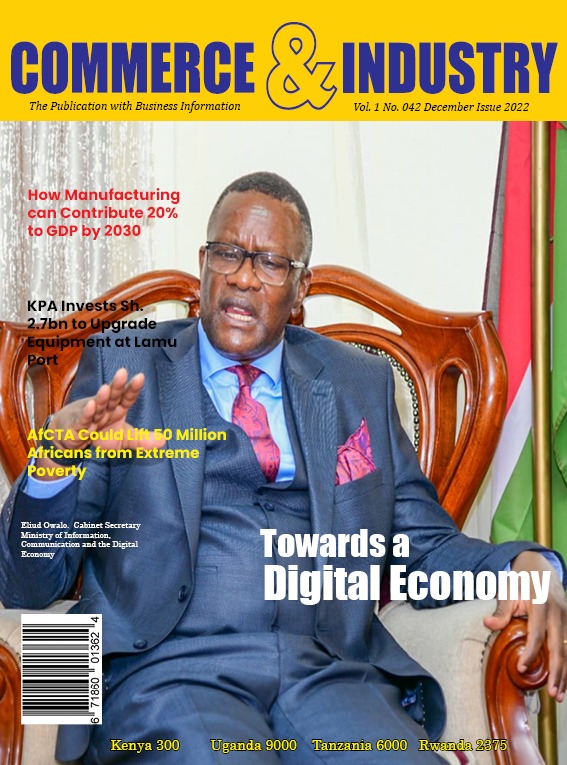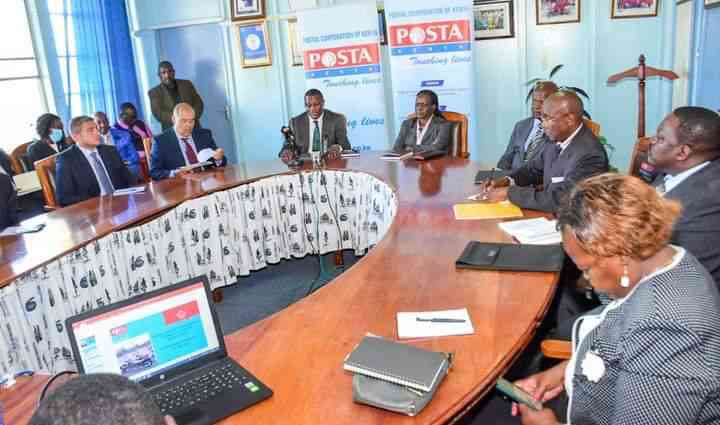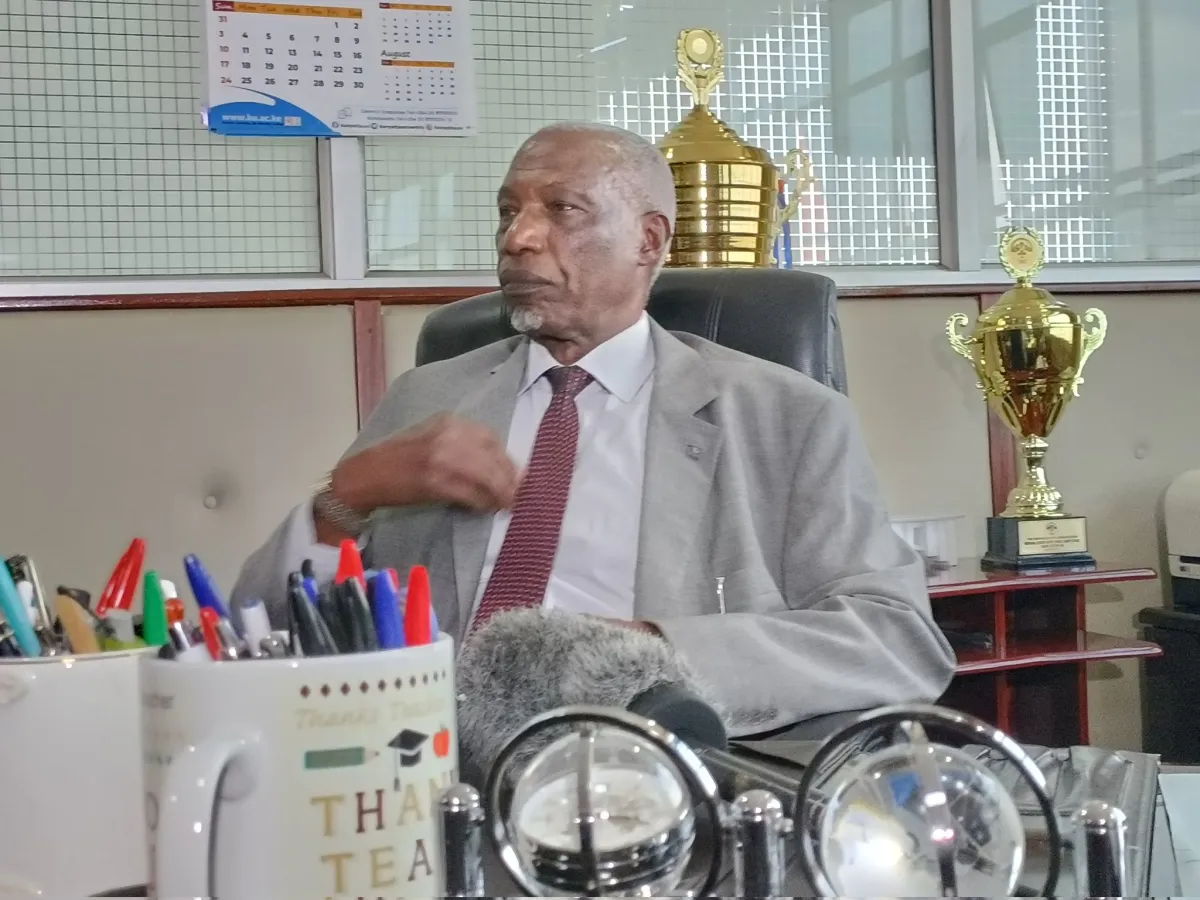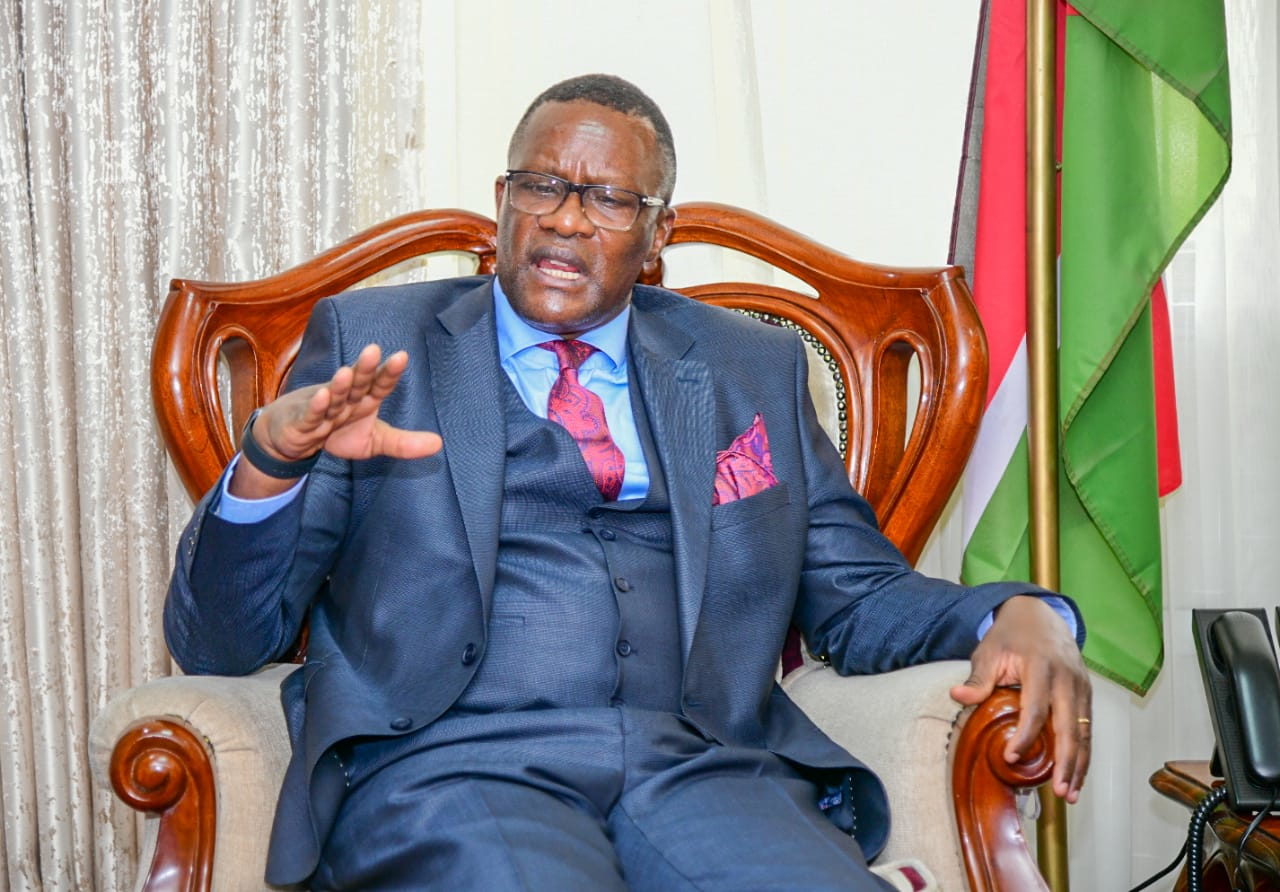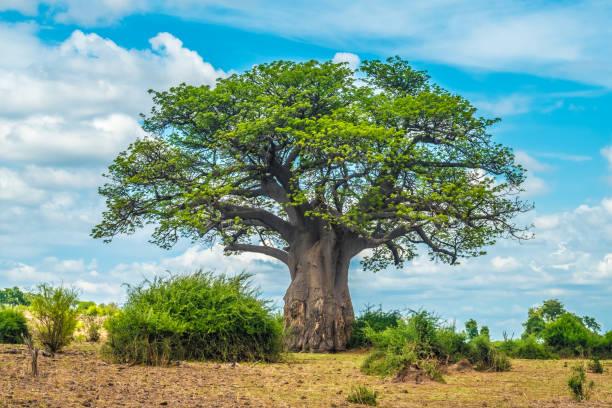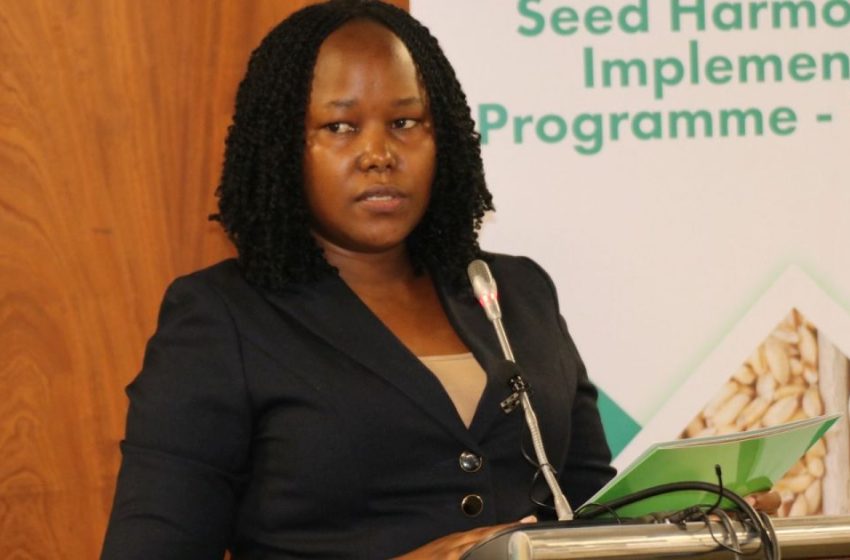
Harmonization of seed policies key in achieving food security in the COMESA region
- Seed companies therefore enter each of the national seed markets separately and individually. This is not only costly for the seed companies but also results in prolonged delays before seeds of good quality can find their way to the small-scale farmers
Harmonization of seed policies and regulations has been termed a key ingredient in enhancing seed production, reliability, and trade including increasing the competitiveness of the seed industry.
To expedite the process, The Common Market for Eastern and Southern Africa (COMESA), through its Specialized Agency, the Alliance for Commodity Trade in Eastern and Southern Africa (ACTESA) has put in place the COMESA Seed Trade Harmonization Regulations.
ACTESA Chief Executive Officer (CEO) Dr John Mukuka said that according to the COMESA statistics, out of the 90 million smallholder farmers in the COMESA region, only 20 percent have access to quality and improved seeds.
Speaking in Nairobi during the regional COMESA Seed Harmonization Plan (COMSHIP), Dr Mukuka said that about 130 million people out of a total of 610 million COMESA population remain food insecure and experience chronic poverty and hunger.
“The potential of the total seed market in the COMESA region is at 2 million (Metric Tons) MT of quality and improved seed; however, the region is currently producing and accessing less than 500,000 MT of quality and improved seed. This is equivalent to 2 percent of the global seed production and value,” said Dr Mukuka.
He explained that the above challenge is attributed to the fact that the regional seed market is still fragmented into small national markets, and each country operates its seed policies and regulations differently from other COMESA Member States.
“Seed companies therefore enter each of the national seed markets separately and individually. This is not only costly for the seed companies but also results in prolonged delays before seeds of good quality can find their way to the small-scale farmers,” he disclosed.
In view of the above challenge, Dr Mukuka said that they have put in place the COMESA Seed Trade Harmonization Regulations.
“To expedite implementation of the regulations both at the national and regional levels, the Regional Enterprise Competitiveness and Access to Markets Programme (RECAMP), funded under the 11th European Development Fund (EDF), is currently under implementation,” said Dr. Mukuka.
He noted that progress has been made on COMSHIP since 2015 and so far, 119 varieties have been registered from 20 seed companies and CGIAR centres in the COMESA Region in line with COMSHIP.
“Seed companies are now able to commercialize their seed without the two to three years required before commercialization,” he said.
Dr Mukuka added that the COMESA Seed Trade Harmonization Regulations have been officially gazetted in 11 COMESA Member States, namely, Burundi, Egypt, Ethiopia, Eswatini, Malawi, Rwanda, Kenya, Tunisia, Uganda, Zambia, Zimbabwe, with DR Congo earmarked for the official gazette of the COMESA Seed Trade Harmonization Regulations end of May 2025.
He disclosed that COMSHIP Standard Operating Procedures for 13 COMESA Staple Food Crops of Barley, beans, sorghum, wheat, maize, cassava, irish potatoes, groundnuts, soybeans, sunflower, cotton, rice, and pearl millet are in place with the support of EU-RECAMP and AGRA.
Kenya Plant Health Inspectorate Service (KEPHIS) Managing Director Prof Theophilus Mutui said that seeds are the foundation of the entire farming ecosystem and therefore, high-quality, certified seeds are essential to achieving optimal yields, resilient crops, and sustainable farming practices.
In a speech read on his behalf by KEPHIS Ag. Director Laboratory Services Ms. Florence Munguti, Prof Mutui said: “Over the years, KEPHIS has worked diligently to develop robust regulatory frameworks, quality assurance systems, and certification procedures for seeds produced, tested, and distributed across our country.”
He stated that KEPHIS participated from inception at the COMESA Regional Seed harmonization and the regional validation of the COMESA Seed Harmonization Implementation Programme in May 2015.
“COMESA Regional Seed Labels were developed through a software by Mpedigree that was initially used by KEPHIS. In this regard, KEPHIS is happy to use the COMESA Regional Seed Labels based on the COMESA Seed Trade Harmonization Regulations,” he said.
He explained that the label has features showing the species, variety, lot number, test certificate number, and date of test. In addition, the COMESA Regional certificate has logos of the country of the seed produced and COMESA, including Seed Treatment and COMESA declaration.
COMESA European Development Fund (EDF) Programme Manager Mshuka Kamwela said that with the financial support of the European Union through the 11th EDF Regional Enterprise Competitiveness and Access to Markets Programme (RECAMP), support has been provided to raise awareness, build institutional capacity, and assist Member States in aligning their national seed laws with COMESA Seed Trade Harmonisation Regulations.
“This validation workshop is a testament to the commitment of all Member States and stakeholders in strengthening regional seed trade, improving access to quality seed for smallholder farmers, and enhancing food security and agricultural transformation in the COMESA region,” said Kamwela.


